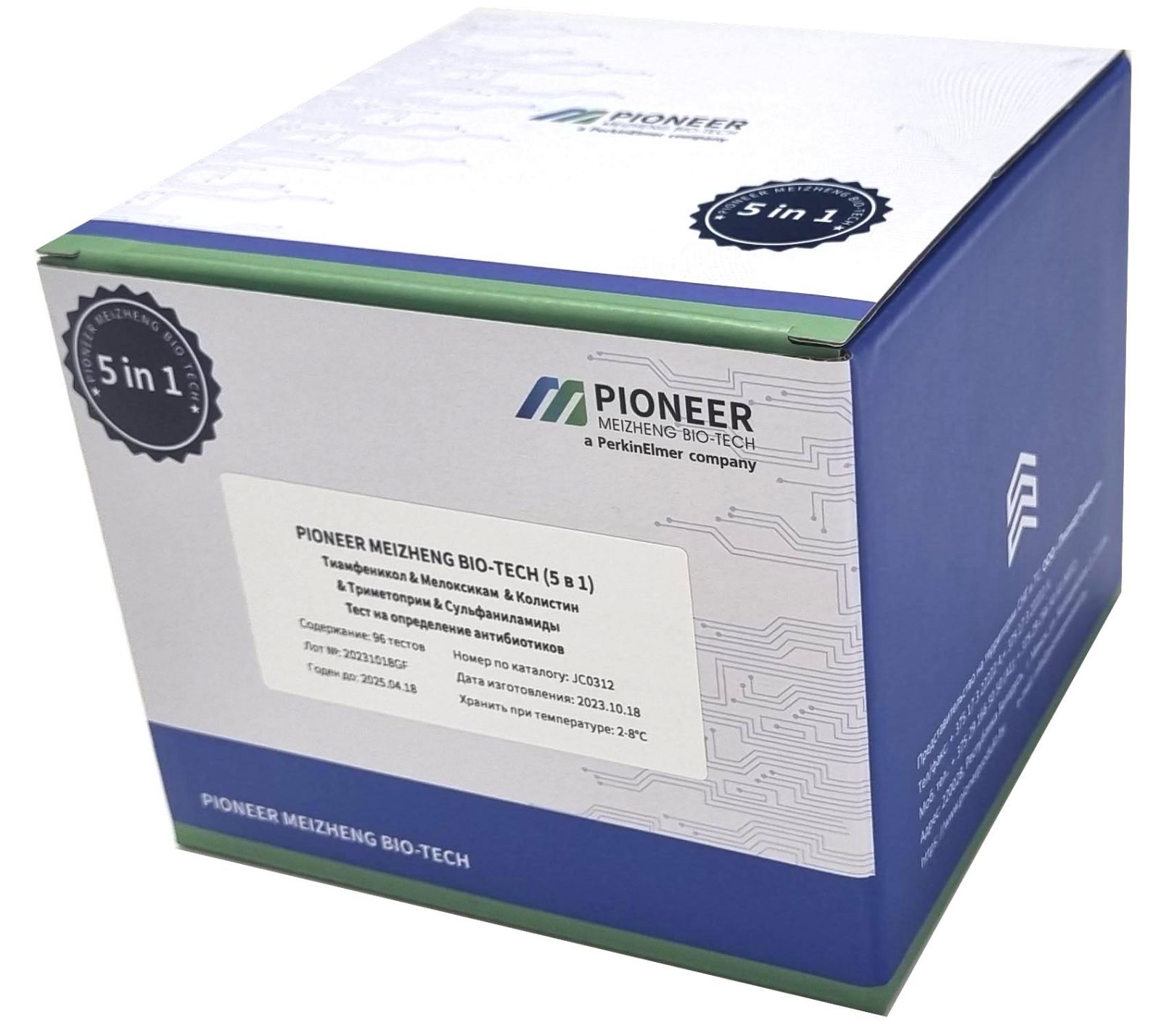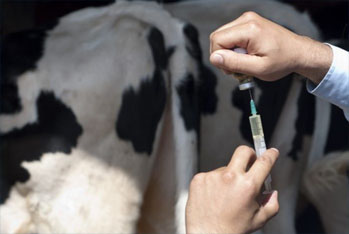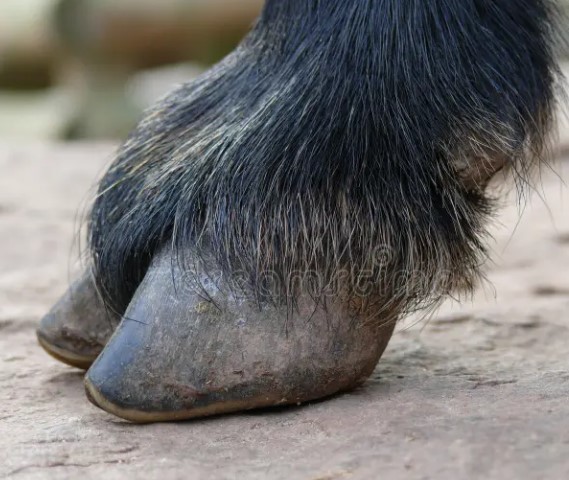Antibiotics in Lamb

Photo is illustrative in nature. From open sources.
The relevance of the issue of antibiotic use in lamb production is attracting consumer attention, sparking discussions about safety measures, regulation and the impact on human HEALTH . Let's look at the key aspects of this issue and the measures taken to ensure quality and safe lamb in the market.
1. Preventive Use of Antibiotics in Agriculture
In agriculture, antibiotics are often used to prevent disease and keep the herd healthy. They can be used to prevent the spread of infections, which is especially important in high population density environments.
2. Regulation and Standards
Various countries have strict regulations and rules governing the use of antibiotics in animal agriculture. These measures are aimed at ensuring product safety and minimizing health risks.
Antibiotic residues in lamb that pose a potential risk to human health must be within established limits. Regular testing and monitoring help ensure compliance with these standards.
4. Antibiotic resistance
One serious issue is antibiotic resistance, which can develop due to prolonged and excessive use of antibiotics in agriculture. This can complicate the treatment of infections in humans and animals.
5. Transparency in Production
Many lamb producers are committed to transparency regarding production methods and antibiotic use. Information about sheep rearing standards and risk management measures is becoming important to consumers.
6. Animal Health and Care
Ensuring the health of rams is a priority for farmers and producers. Intervention with antibiotics may be necessary to prevent and treat diseases that affect product quality.
7. Alternative Methods
In parallel with the use of antibiotics, farmers and lamb producers are exploring alternative methods to keep their flocks healthy. The use of probiotics, natural supplements and good herd management are becoming more widespread practices.
8. Responsible Manufacturing
Responsible lamb production includes not only animal health concerns, but also antibiotic stewardship that takes into account the impact on society and the environment.
9. Farmer Training
Educating farmers on the correct use of antibiotics and compliance with regulations is key to managing risk and ensuring product safety.
10. Supply and Demand on the Market
Consumer demand for antibiotic-free products may encourage manufacturers to adapt production methods, providing safer, higher-quality products.
In conclusion, the use of antibiotics in lamb requires careful consideration, a balanced approach and mandatory compliance with regulations to ensure the safety and health of consumers. Regulation, transparency and responsible production practices play an important role in creating sustainable and ethical lamb production.
Read together with it:
- Do you love cheese? We're sharing the "happiness" recipe that surprised Lukashenko.BELTA Video Screenshot Topic News Need a simple recipe for happiness? It's black truffle cheese. It's made in Grodno and sold throughout Belarus and beyond. The product was promoted thanks to ALEXANDER LUKASHENKO. In March 2021, while visiting the Molochny Mir factory , the HEAD of state not only toured the production facilities but also sampled local produce. it was there that the President was t...
- Отказ владельцев личных подсобных хозяйств от вакцинации животных вызывает беспокойствоВ ответ на эти обращения инспекторы провели 46 контрольных мероприятий, включая выездные проверки. В результате было выдано 318 предупреждений о недопустимости нарушений ветеринарного законодательства. В Россельхознадзоре отметили, что предостережения дают владельцам возможность устранить нарушения без финансовых санкций. Однако в случае повторного отказа могут быть инициированы административные д...
- Leading veterinary organizations worldwide unite to promote responsible use of antimicrobialsThe American Veterinary Medical Association (AVMA), the Federation of Veterinarians in Europe (FVE), and the Canadian Veterinary Medical Association (CVMA), which collectively represent more than 400,000 veterinarians worldwide, released two “historic” joint statements on Tuesday, November 18, reaffirming their shared commitment to the responsible use of antimicrobials and the global fight against...
- A pensioner in Gomel was sentenced for murder with particular cruelty.November 18, Gomel. The Gomel Regional COURT delivered a verdict in a criminal case of murder committed with particular cruelty, BelTA learned from the court. A pensioner was charged under paragraph 6, part 2, Article 139 of the Criminal Code. The victim of his sudden aggression was a 45-year-old Gomel resident who had come to visit a friend, a summer resident, in Romanovichi. During a sudden conf...
- Инновации и сотрудничество в птицеводстве: Птицефабрика Чайковская на семинаре в КитаеСреди обсуждаемых тем были современные методы кормления, стратегии улучшения здоровья животных и переход к безантибиотиковым технологиям. Акцент был сделан на снижении затрат на кормление для повышения конкурентоспособности в условиях глобального рынка. Также участники посетили завод Menon, где прошла экскурсия по современным производственным мощностям. Генеральный директор компании Мисма подчеркн...
- Sustainable growth in pig farming: Verdazernoprodukt LLC plans to increase pork production to 44,000 tons by 2025The company's primary focus is on breeding purebred pigs. This year, 3,221 pigs were sold, including Landrace, Large White, and L65 terminal breeds, which are renowned for their high productivity and MEAT quality. The company breeds elite piglets on its own full-cycle pig farm, which allows it to control all stages of production and ensure high product quality. Irina Leonova, DIRECTOR of Verdazern...






















































